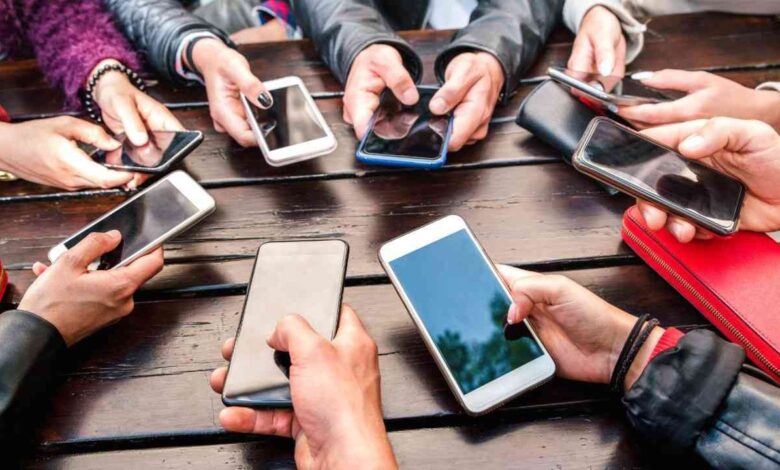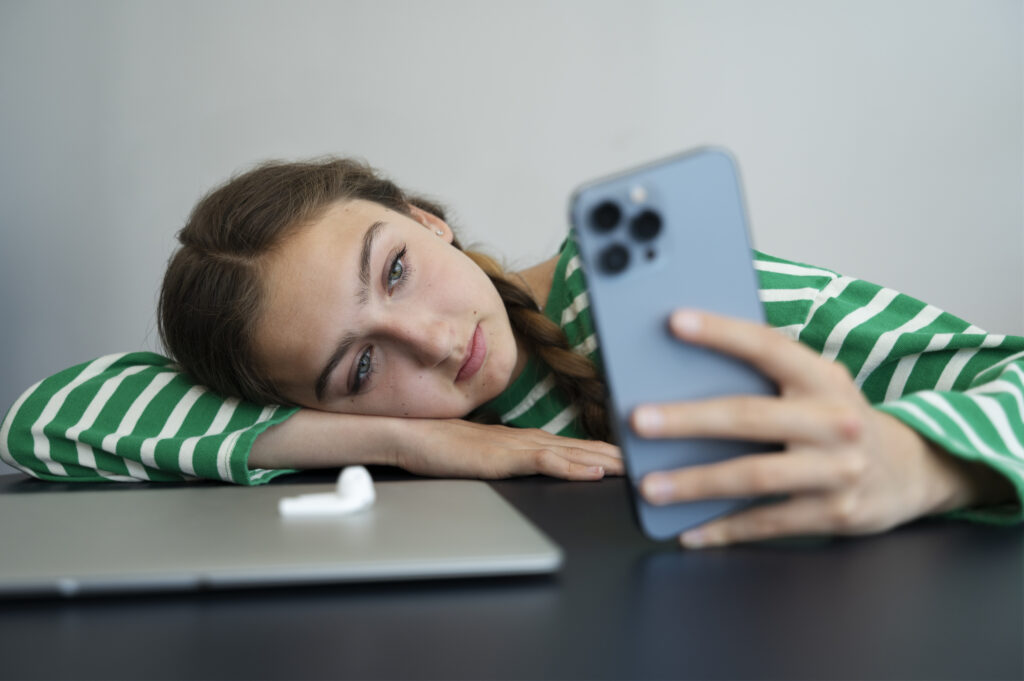Sensible Hacks to Tame Smartphone Habit

Smartphone addiction is no longer an abstract concern. Data confirms its pervasiveness and its impact on health and productivity. This report dissects effective strategies to regain control over screen time, supported by verifiable insights and tools.
The Rising Tide of Screen Dependency
Over the past decade, the average mobile screen time has increased from 1 hour 17 minutes to 3 hours 21 minutes per day (IPA data).
| Year | Avg. Daily Mobile Screen Time |
|---|---|
| 2013 | 1h 17m |
| 2023 | 3h 21m |
Meanwhile, total screen exposure across all devices now averages 7.5 hours daily.
The result? Escalating mental health issues.
- WHO and CDC data show rising rates of depression, anxiety, and stress.
- Multiple studies confirm direct correlation between excessive screen time and reduced well-being.
Acknowledging the Problem

Awareness is the first lever. Smartphone overuse often manifests through:
- Involuntary scrolling
- Impaired focus during offline activities
- Recurrent physical accidents due to distraction
These signs are clear indicators of psychological dependency.
Step-by-Step Reduction Strategy
1. Measure the Baseline
Utilize your phone’s digital wellbeing dashboard.
Example (Samsung):
Settings → Digital Wellbeing → Screen Time Report
Typical metrics include:
- Daily average usage
- App-specific breakdown
- Weekly trend analysis
Actionable Insight:
Set realistic daily limits. If you’re averaging 2h 40m, aim for gradual 15–30-minute reductions.
2. Enforce App Restrictions
Target your most-used apps (e.g., Instagram, WhatsApp).
Implementation:
Enable app timers in settings. When time’s up, manual override is required to continue use.
| App | Initial Daily Use | Post-Limit Use |
|---|---|---|
| 1h 10m | 45m | |
| 50m | 20m |
Effectiveness increases when paired with internal accountability—treat extensions as borrowed time.
3. Silent Mode & Notification Control
Turn off all non-essential notifications. Set device to silent mode permanently.
Psychological Shift:
Removing the auditory cue reduces compulsive checking.
Additionally:
- Flip your phone face-down during meals or meetings.
- When alone, try placing it out of arm’s reach to resist habitual glances.
Analog Substitutes for Digital Dependencies
4. Buy a Real Watch
Many people check their phones for the time but get trapped by notifications.
Solution: Use a wristwatch to eliminate unnecessary phone unlocks.
- Cost-effective analog/digital watches available under $30
- Reduces gateway behavior into extended scrolling
5. Use a Physical Alarm Clock
Waking up to a phone often leads to early morning doomscrolling.
Recommendation: Replace your phone alarm with a standalone clock.
Visual Detox: Eliminate Color Psychology
6. Switch to Greyscale Mode
Studies show colorful UIs exploit human dopamine systems. Greyscale significantly dulls appeal.
| Mode | Avg. Screen Time Impact |
|---|---|
| Color Mode | No change |
| Greyscale | ↓ 20 mins/day |
Steps (Samsung):
Settings → Accessibility → Visibility Enhancements → Colour Correction → Greyscale
Add a shortcut for quick toggling.
Proximity Management
7. Leave the Phone in Another Room
A 2017 study published in Journal of the Association for Consumer Research found:
| Condition | Cognitive Performance |
|---|---|
| Phone in another room | Best |
| Phone in bag | Moderate |
| Phone on desk | Worst |
Creating physical distance improved focus and productivity.
Implementation:
Leave your phone in a different room during work, meals, or movies. Start with 30-minute blocks.
8. Occasional Phone-Free Errands
Start going on short errands without your device. This rebuilds psychological independence and reinforces safety protocols for real emergencies.
Interface Minimization
9. Install a Minimalist Launcher
Applications like Olauncher or Minimalist Phone convert your interface into a basic list format.
Effect:
- Text-only icons
- No app banners or widgets
- Reduced visual temptation
Results (Personal Trial):
- 22-minute drop in daily average screen time in one week
- 3 days below 1h 50m screen time
- Lowest recorded: 1h 40m
Cumulative Impact
| Day | Avg. Screen Time |
|---|---|
| Before | 2h 40m |
| After Day 7 | 2h 18m |
| Best Day | 1h 40m |
The reduction was significant and repeatable. The combination of visual dulling, notification control, and analog substitutions yielded the highest impact.
Key Takeaways
- Awareness fuels progress. You must measure usage to reduce it.
- Restrict addictive pathways. Use app limits and visual deterrents.
- Reintroduce analog tools. Replace watches, alarms, and time checks.
- Distance matters. Keep your phone physically and mentally at bay.
These steps can incrementally reverse smartphone dependency. Success lies not in total rejection of technology, but in designing environments where compulsive use is inconvenient and intentional use is effortless.
Next Steps:
- Create a personalized screentime reduction plan
- Track week-over-week performance
- Share goals with accountability partners
Reducing smartphone addiction is less about control and more about strategy. Design your digital life like your physical space—intentionally, and with purpose.
Read More: LAD REPORTING




